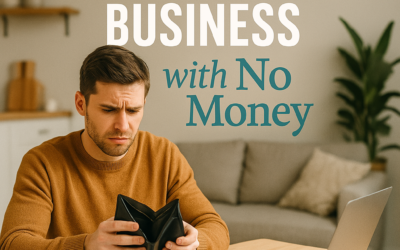How to Use Internal Linking to Boost SEO on Your Blog
Internal linking is one of the most effective strategies to boost your blog’s SEO and enhance user engagement. By connecting related pages within your website, you help search engines index your content while guiding your readers on a seamless journey through your site.
Understanding Internal Linking
Internal linking involves creating hyperlinks from one page on your website to another. Unlike external links, which lead to different websites, internal links keep your audience engaged with your content and help search engines discover every valuable page on your site.
Why Internal Linking Matters for SEO
Internal linking offers numerous benefits that can significantly improve your blog’s performance:
- Improves Crawlability: Search engine bots use internal links to find and index new content, ensuring that all your pages show up in search results.
- Distributes Page Authority: Linking pages together helps spread valuable “link juice” throughout your site, potentially boosting your overall search rankings.
- Enhances User Experience: When readers discover additional relevant content through thoughtful links, they tend to spend more time on your site, which reduces bounce rates.
Best Practices for Effective Internal Linking
Follow these best practices to maximize the benefits of internal linking on your blog:
1. Use Descriptive Anchor Text
Replace vague phrases like “click here” with descriptive anchor text that clearly indicates what readers can expect. For example, “learn more about internal linking strategies” immediately informs both users and search engines about the linked page’s content.
2. Link to Relevant Content
Ensure that every link you add is relevant to the current content. This not only boosts your SEO but also provides readers with additional valuable insights, keeping them engaged on your site.
3. Maintain a Logical Site Structure
Organize your internal links in a way that reflects your site’s hierarchy. A clear structure makes it easier for users to navigate your site while also helping search engines understand the importance of each page.
4. Avoid Overlinking
Be strategic and selective with your internal links. Too many links can overwhelm your readers and dilute the value of each individual link. Always prioritize quality over quantity.
Case Study: The Impact of Internal Linking
A Moz case study revealed that strategically adding internal links to blog posts led to a 40% increase in organic traffic over six months. This real-world success underscores just how powerful a well-executed internal linking strategy can be.
Conclusion
Internal linking is a simple yet highly effective SEO strategy that can improve your blog’s search rankings and enhance the overall user experience. By using descriptive anchor text, linking to relevant content, maintaining a logical site structure, and avoiding overlinking, you set the stage for substantial improvements in organic traffic and reader engagement.
Start putting these strategies into practice today, and watch as your blog begins to rank higher and keep your audience coming back for more!









